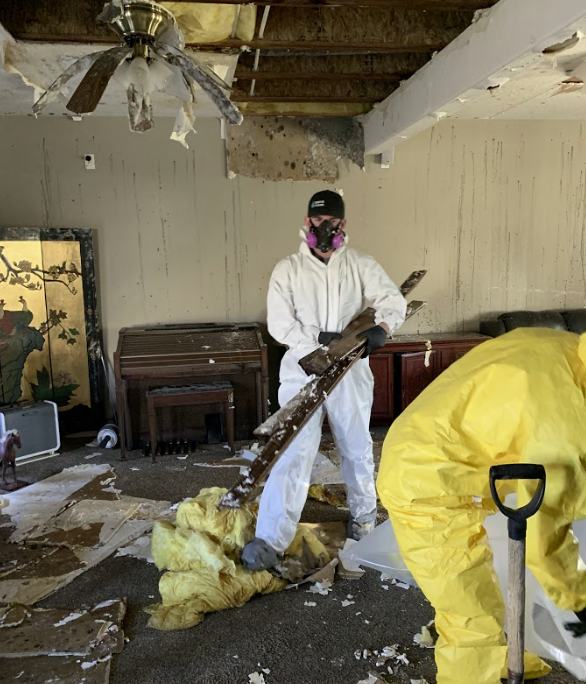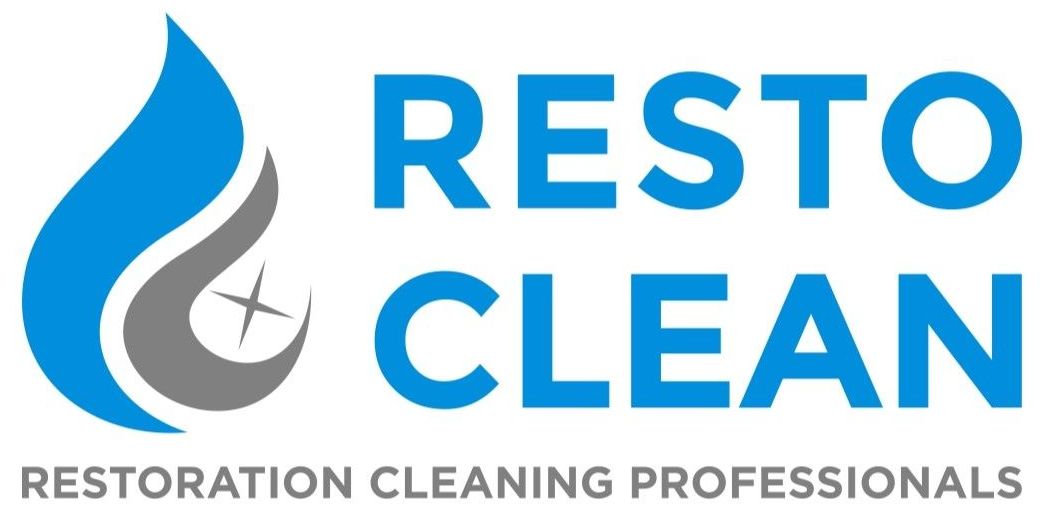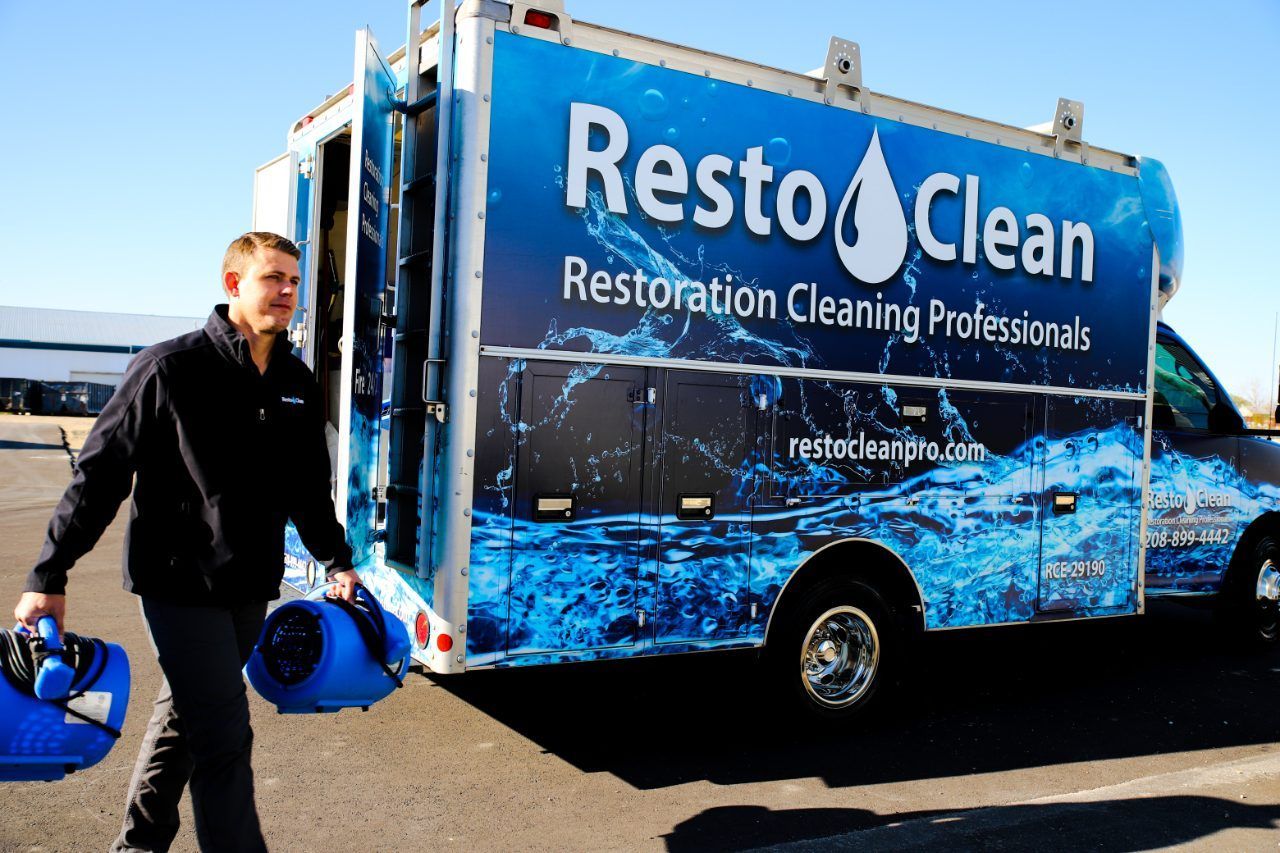Get in touch
555-555-5555
mymail@mailservice.com
Blog

By Daisy Wick
•
January 15, 2024
A fire is a devastating event that can leave behind not only physical damage but also emotional scars. When the flames are finally extinguished, the road to recovery begins. It's essential to understand the importance of professional fire damage restoration and learn about effective ways to prevent such disasters in the first place. Why Professional Fire Damage Restoration Matters When a fire engulfs your home, the aftermath can be overwhelming. The consequences go beyond charred walls and burnt belongings; there are hidden dangers that only professionals can manage effectively: Safety: Fire-damaged structures can be unstable, posing a significant risk to anyone attempting to enter. Professional restoration teams are equipped to assess the structural integrity and ensure it's safe to enter the premises. Smoke and Soot: Smoke and soot damage extends far beyond the visible areas. They can penetrate walls, HVAC systems, and even ductwork. Professionals have the tools and expertise to thoroughly clean and deodorize affected areas. Water Damage: Often, firefighting efforts involve significant water usage. This can lead to water damage, mold growth, and further structural issues. Restoration experts can mitigate water damage and prevent mold infestations. Content Restoration: Fire-damaged personal belongings often carry immense sentimental value. Professional restoration services can salvage, clean, and restore items that might otherwise be lost forever. Insurance Claims: Dealing with insurance after a fire can be complex. Restoration professionals can document the damage, provide accurate estimates, and communicate with insurance adjusters to streamline the claims process. Thorough Cleanup: Fire damage is not limited to what's visible. Professionals ensure that hidden hazards and toxins, like asbestos or lead, are properly managed during the restoration process. Preventing Fire Damage: Safety First While professional fire damage restoration is vital after a fire, preventing a fire in the first place is even more crucial. Here are some key steps to minimize the risk of fire: Install Smoke Alarms: Ensure you have working smoke alarms on every level of your home and inside each bedroom. Regularly check and replace batteries. Fire Extinguishers: Place fire extinguishers in key areas like the kitchen, garage, and near heating appliances. Know how to use them. Electrical Safety: Regularly inspect electrical wiring and appliances for signs of wear or damage. Avoid overloading circuits and extension cords. Safe Cooking Practices: Stay vigilant in the kitchen while cooking. Keep flammable materials away from the stove and turn off appliances when not in use. Heating Safety: Maintain heating systems, fireplaces, and chimneys. Keep space heaters at a safe distance from flammable materials. Candle Caution: Use candles with care, keeping them away from curtains and other flammable objects. Smoking Safety: If you smoke, do so outdoors. Use deep, sturdy ashtrays, and ensure cigarettes are fully extinguished. Escape Plan: Develop and practice a fire escape plan with your family. Ensure all members know multiple ways to exit the home. Fire damage can be catastrophic, but with prevention and professional restoration, you can move forward and rebuild your life after a fire. Safety awareness and preparation are your best allies in reducing the risk of such a devastating event.

By Daisy Wick
•
September 19, 2023
Mold, the silent intruder, can wreak havoc on your home and your health without you even realizing it's there. While we often associate mold with damp and neglected places, it can actually thrive in various environments within your home. In this blog, we'll explore how mold can grow in your home and why it's essential to address it promptly. Understanding Mold Mold is a type of fungus that exists everywhere in our environment. It reproduces by producing tiny spores that are invisible to the naked eye. These spores can land on various surfaces and, given the right conditions, start growing into colonies. Mold requires moisture, warmth, and organic matter to thrive, making your home an ideal breeding ground if you're not careful. Common Areas Where Mold Can Grow Bathrooms: Bathrooms are hotspots for mold growth due to the constant presence of moisture. Mold often appears on bathroom tiles, in shower corners, and even on shower curtains. Inadequate ventilation can exacerbate the problem. Kitchens: Kitchens provide ample opportunities for mold growth, especially around sinks, under the dishwasher, or near leaky pipes. Food residue and spills can also provide organic matter for mold to feed on. Basements: Basements tend to be damp and poorly ventilated, making them prime locations for mold growth. Leaky foundations, high humidity levels, and lack of sunlight contribute to mold thriving in these areas. Attics: Attics can also harbor mold, especially if there are leaks in the roof or inadequate insulation. Mold growth in attics often goes unnoticed until it becomes a significant issue. Crawlspaces: Mold can lurk in crawlspaces due to poor ventilation, moisture issues, and the presence of organic materials like wood. HVAC Systems: Your heating, ventilation, and air conditioning (HVAC) system can spread mold spores throughout your home if it's not properly maintained. Mold can grow in the system's ducts and on the evaporator coils. Closets: Closets can develop mold if clothes or other items are stored in damp conditions. Poor air circulation can also contribute to mold growth. Conditions Favoring Mold Growth To understand how mold can grow in your home, it's crucial to know the factors that promote its development: Moisture: Mold requires moisture to grow, so any source of water or humidity can lead to mold infestations. Leaky pipes, roof leaks, and even condensation can create the moisture necessary for mold to thrive. Warmth: Mold tends to grow in temperatures ranging from 77°F to 86°F (25°C to 30°C). While it can survive in cooler environments, it thrives in warmer conditions. Darkness: Mold doesn't need light to grow. That's why it can often be found in hidden, dark corners of your home. Organic Materials: Mold feeds on organic matter like wood, drywall, paper, and fabric. If these materials are present and moist, mold can grow and spread. Health Risks Associated with Mold Apart from damaging your home, mold can pose serious health risks. Exposure to mold spores can lead to a variety of health issues, especially for individuals with allergies, asthma, or weakened immune systems. Common symptoms of mold exposure include: Respiratory problems Allergic reactions Skin irritation Headaches Fatigue Sinus congestion Preventing and Managing Mold Growth Preventing mold growth is far easier than dealing with a full-blown infestation. Here are some tips to keep your home mold-free: Control moisture: Fix any leaks promptly, maintain proper ventilation, and use dehumidifiers in damp areas. Keep your home clean: Regularly clean and dust your home, paying extra attention to areas prone to moisture. Monitor humidity levels: Keep indoor humidity levels between 30% and 50%. Use a hygrometer to measure humidity and adjust as needed. Seal cracks and gaps: Seal any gaps in your home's walls, windows, and doors to prevent moisture infiltration. Use mold-resistant products: When renovating or building, opt for mold-resistant drywall and paint. Inspect your home regularly: Conduct routine inspections, especially in areas susceptible to mold growth. Mold can grow in your home more easily than you might think. Understanding its preferences and the conditions that promote its growth is essential for preventing and managing mold issues. By taking proactive measures to control moisture, maintain cleanliness, and address any signs of mold promptly, you can protect both your home and your health from the silent intruder that is mold.

By Daisy Wick
•
August 15, 2023
When it comes to maintaining a safe and healthy living environment, addressing mold issues is paramount. Caldwell, Idaho, with its unique climate, is no stranger to mold growth due to its fluctuating humidity levels. Mold not only compromises indoor air quality but can also lead to various health concerns. In this comprehensive guide, we will delve into the importance of mold removal in Caldwell and how professional services can help you achieve a mold-free home. Understanding Mold Growth in Caldwell: Caldwell's semi-arid climate, with its hot summers and cold winters, can create conditions conducive to mold growth. Mold thrives in damp and humid environments, making basements, bathrooms, and poorly ventilated spaces susceptible to infestations. Left unchecked, mold can spread rapidly and compromise both the structural integrity of your home and the health of its occupants. Health Risks Associated with Mold: Mold releases spores into the air that can trigger various health issues, particularly for individuals with allergies, asthma, or compromised immune systems. Common symptoms of mold exposure include respiratory problems, skin irritation, and allergic reactions. To ensure the well-being of your family, it's essential to address mold infestations promptly. Professional Mold Removal Services: Attempting to remove mold without the proper tools and expertise can worsen the situation. Professional mold removal services in Caldwell offer a comprehensive approach to tackling mold infestations effectively. These experts are equipped with the knowledge to identify the source of moisture, isolate the affected areas, and employ appropriate techniques to safely eliminate mold colonies. Benefits of Hiring Professionals: Accurate Assessment: Professionals conduct a thorough assessment of your property to identify hidden mold growth and its underlying causes. Safe Removal: Trained technicians use specialized equipment to contain and remove mold without spreading spores throughout your home. Preventive Measures: Experts offer recommendations to prevent future mold growth by addressing moisture issues and improving ventilation. Health Protection: By ensuring complete mold removal, professionals safeguard the health of your family by minimizing exposure to harmful spores. Efficiency: Professional services save you time and effort, providing quicker and more lasting results compared to DIY attempts. Steps in Professional Mold Removal: Inspection: Trained technicians assess the extent of the mold infestation and identify moisture sources. Containment: Affected areas are isolated to prevent the spread of mold spores during removal. Removal: Mold is safely removed from surfaces using appropriate techniques and cleaning agents. Prevention: Professionals address moisture problems and provide recommendations for preventing future mold growth. Verification: After removal, the area is tested to ensure successful eradication of mold. Maintaining a Mold-Free Home: To maintain a mold-free environment in Caldwell, consider implementing these practices: Regular Inspection: Routinely check susceptible areas for signs of mold growth, such as discoloration and musty odors. Proper Ventilation: Ensure proper ventilation in bathrooms, kitchens, and basements to minimize moisture buildup. Quick Repairs: Address leaks and water damage promptly to prevent mold-friendly conditions. Humidity Control: Use dehumidifiers to maintain indoor humidity levels between 30-50%. Regular Cleaning: Keep your home clean and dry, focusing on areas prone to moisture. Conclusion: Protecting your home and loved ones from the dangers of mold is a responsibility that should not be taken lightly. In Caldwell, Idaho, where humidity levels can fluctuate, professional mold removal services play a crucial role in maintaining a safe and healthy living environment. By entrusting the experts, you can ensure effective mold removal and prevent its return, allowing you to enjoy your home to the fullest.


